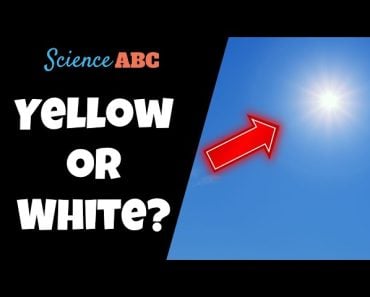Table of Contents (click to expand)
When the stubble has just begun to grow, the budding hair appears as tiny black or brown dots on fair skin. When looking from a distance, it gives the impression of a color that is a combination of the hair color and skin color. Thus, it appears green, blue or grey.
Have you noticed that after you shave your beard or mustache (if you’re someone who needs to), your skin appears a little green? This is especially prominent in fair-skinned people.
The color of the tint can darken with the skin tone of the person. It also happens in people who have shaved their heads.
When I first noticed this, my eyes played tricks on me or chalked it up to the lighting. I asked around and got mixed reactions; some people had seen it, and others had not.
Then I decided to turn to the largest and most connected resource available, the Internet. This led me to numerous forums and pages where many other men had noticed this.
So, what’s happening here? After hours of research, I came across two reasonably similar answers that seemed satisfactory: The first was based on the Pointillism effect.
Recommended Video for you:
What Is Pointillism?
In the late 1800s, around 1886, a painting technique known as pointillism was developed. Instead of the sweeps of color on a traditional piece of work, this technique uses individual dots of colors placed next to each other to create a picture. Our brain blends each color of the dots, and a completely coherent picture emerges.
The founder of pointillism, George Seurat, developed a color theory to make sense of these individual points of color, pixels almost.
One as aspect of the theory is optical mixing; individual pixels of color blend in the mind’s eye to make a picture. Viewed from a distance, we mixed the colors to bring the actual picture to life in our heads. While on closer inspection, the picture looked like individual dots of different colors. The dots blended from a distance and led to completely new colors.
Now consider hair on the skin, be it beards or a shaved head. If the skin is a canvas with one color and hair are tiny points dotting the canvas, what optical effect does it have on our eyes?

What Causes The Green Tint?
The greenish-bluish coloration is clearly visible on lighter skin tones but not so clearly on darker skin tones. The coloration also only occurs when a person has recently shaved when the new hair has just begun to break through the clean, shiny skin.
Just as artists like Signac and Seurat bring a picture into our heads with accumulations of dots, our brain does the same with the beard.
When the stubble has just begun to grow, the young hair appears as tiny black or brown dots on fair skin. Seen from a distance, the color of melanin and the color of the hair blend in our brains. The skin now appears more green, blue, or even gray.

A Note Of Facial Hair
Facial hair is thicker than hair in other parts of the body. This is because of androgens, the hormones responsible for male sexual characteristics, such as growing facial hair.
Androgens not only stimulate hair follicles in the face but also have some interesting and opposite effects on the scalp. In some men, androgen causes the hair follicles to shrink, making the hair thinner and, eventually, leading to male pattern baldness.
Thicker hair is more noticeable and stands out prominently against the skin.
Light Absorption And Reflection
The other explanation argues that the darker hair colors absorb light, particularly of the longer wavelengths of the red/orange region, and reflect light from the green/blue region.
Looking from afar, that shaved part looks greenish-blue.
This is also the reason why veins appear blue, green, or purple under translucent, fairer skin. The veins absorb red-orange light and reflect blueish-green light.
If any of you are still scratching your head about what I am talking about, the next time you meet someone who has just shaved their head, take a peek for yourself!
References (click to expand)
- Jenks, G. F. (1953, September). “Pointillism” As A Cartographic Technique. The Professional Geographer. Informa UK Limited.
- Sugita, J., & Takahashi, T. (2013). [Paper] A Method for Generating Pointillism Based on Seurat's Color Theory. ITE Transactions on Media Technology and Applications. Institute of Image Information and Television Engineers.
- Altshuler, G. B., & Tuchin, V. V. (2009). Physics Behind Light-Based Systems: Skin and Hair Follicle Interactions with Light. Cosmetics Applications of Laser & Light-Based Systems. Elsevier.












